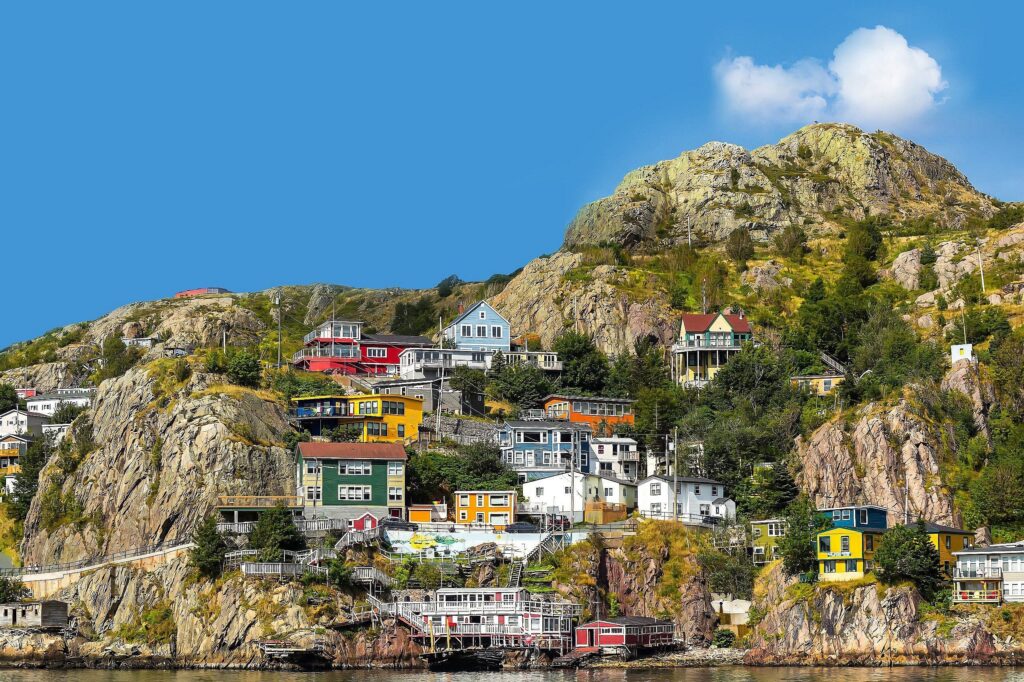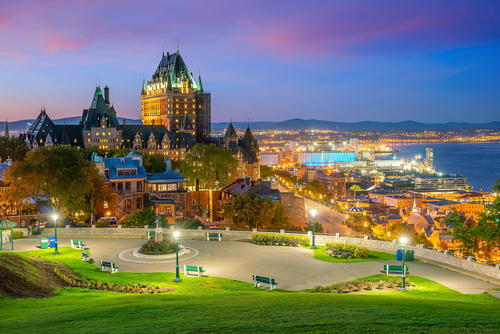Canada’s vast natural beauty and multicultural heritage have long drawn travelers from around the world. But now, tourism is doing more than just attracting visitors—it’s reshaping the identity, economy, and urban landscape of many Canadian cities. Across the country, urban centers are investing in tourism infrastructure, cultural attractions, and sustainability, using tourism as a catalyst for transformation. Here are eight Canadian cities where tourism is making a lasting impact.
1. Vancouver, British Columbia
Vancouver is leading the way in sustainable tourism. Surrounded by ocean and mountains, it’s a natural magnet for eco-conscious travelers. The city has embraced this identity by promoting green hotels, public transportation, and low-impact experiences like urban hiking and cycling. Initiatives such as “Green Tourism Canada” highlight local businesses committed to environmental responsibility, while the revitalization of areas like Granville Island and False Creek has blended urban appeal with nature.
2. Toronto, Ontario
Canada’s largest city is embracing its role as a global tourism hub. Toronto has rebranded itself with a focus on diversity, culture, and food. Neighborhoods like Kensington Market, Greektown, and Chinatown draw international interest for their unique vibes and global cuisines. Major attractions such as the CN Tower, Ripley’s Aquarium, and an ever-expanding roster of music and film festivals (like TIFF) ensure Toronto stays on travelers’ itineraries. Tourism has also spurred upgrades to public transit and waterfront redevelopment projects.

3. Montreal, Quebec
Montreal is transforming its cityscape through culture and creativity. Already known for its festivals, historic architecture, and French heritage, Montreal continues to invest in its cultural capital. Projects like the Quartier des Spectacles, a vibrant entertainment district, showcase live music, art installations, and immersive experiences. Tourism has encouraged the restoration of Old Montreal and expanded its food and wine scene, making it a prime destination for cultural travelers and food lovers alike.
4. Ottawa, Ontario
As Canada’s capital, Ottawa is redefining itself beyond politics. The city is positioning itself as a hub for cultural and historical tourism. Attractions like the Canadian Museum of History and the newly reimagined Ottawa Art Gallery are key parts of this shift. Investments in the Rideau Canal, a UNESCO World Heritage Site, and increased accessibility to Parliament Hill’s guided tours make Ottawa a growing draw for both domestic and international visitors.
5. Calgary, Alberta
Calgary, once best known for the Calgary Stampede, is broadening its appeal. Tourism efforts now focus on outdoor adventure, arts, and indigenous culture. Proximity to Banff and the Rockies positions the city as a natural starting point for nature tourism, while local investments in public art, food festivals, and urban parks are changing perceptions of the city. Calgary is also working to become a year-round destination, moving beyond its traditional focus on summer events.
6. Edmonton, Alberta
Edmonton has long been overshadowed by its neighbors, but tourism is helping the city find its own voice. The Ice District—a massive downtown revitalization project—has brought entertainment, sports, and nightlife to the forefront. Edmonton is also investing in indigenous tourism experiences, working with First Nations communities to highlight stories, art, and culture. Nature parks, such as Elk Island National Park, offer wildlife encounters just outside the city.
7. Quebec City, Quebec
Tourism has played a major role in preserving the charm and heritage of Quebec City. The city’s UNESCO World Heritage status has inspired local and national governments to maintain its cobblestone streets, colonial architecture, and historic landmarks. Major events, like the Winter Carnival and German Christmas Market, bring in waves of tourists and encourage year-round travel. The increased interest has also led to upgrades in hospitality services and cultural programming.

8. Halifax, Nova Scotia
Halifax is emerging as one of Canada’s top coastal destinations. The city has invested heavily in its scenic waterfront, expanding boardwalks, shops, and museums like the Canadian Museum of Immigration at Pier 21. Tourism has encouraged the growth of local food and craft beer scenes, with a strong emphasis on sustainability. Whale watching, boat tours, and historical walking tours add to Halifax’s appeal, blending nature and heritage seamlessly.
Conclusion
Tourism is no longer a side industry in these Canadian cities—it’s a driving force for transformation. Through infrastructure development, cultural preservation, and sustainability efforts, tourism is helping to reimagine how cities serve both visitors and residents. Whether it’s Vancouver’s green innovation, Montreal’s artistic energy, or Halifax’s coastal charm, these eight cities prove that thoughtful tourism development can enrich urban life in powerful and lasting ways.





